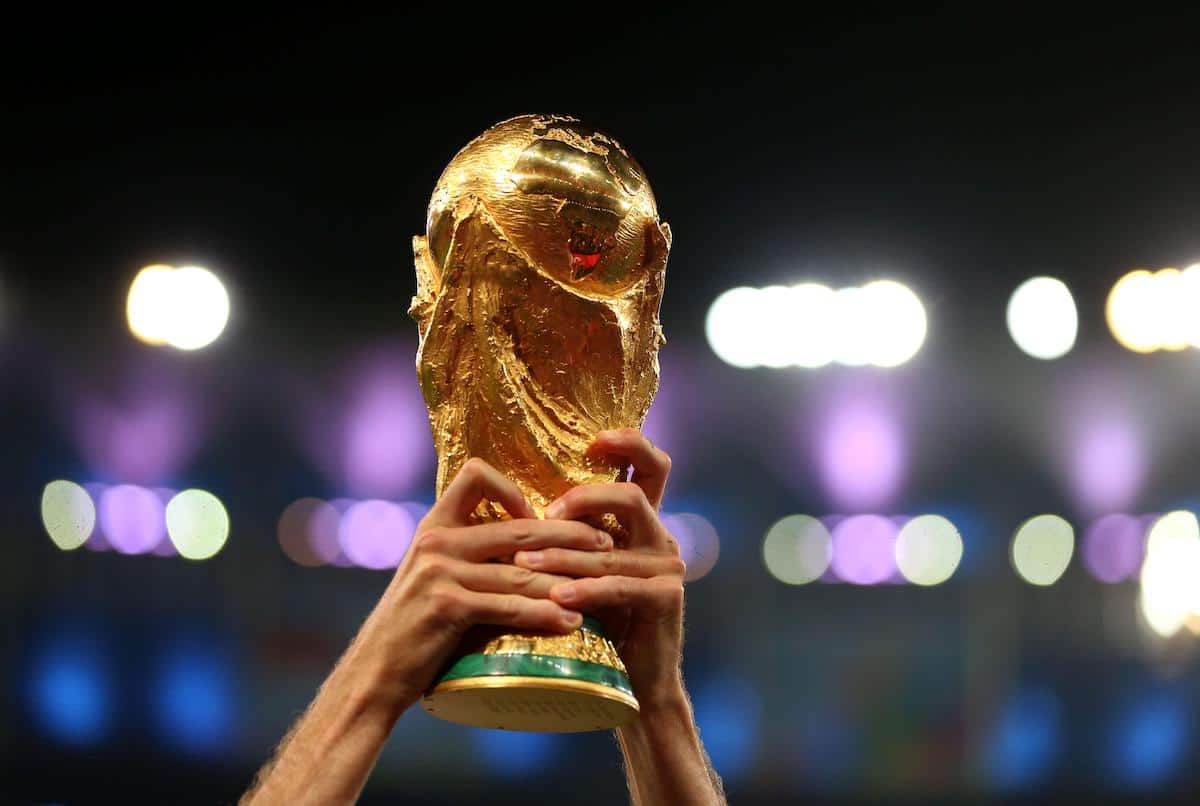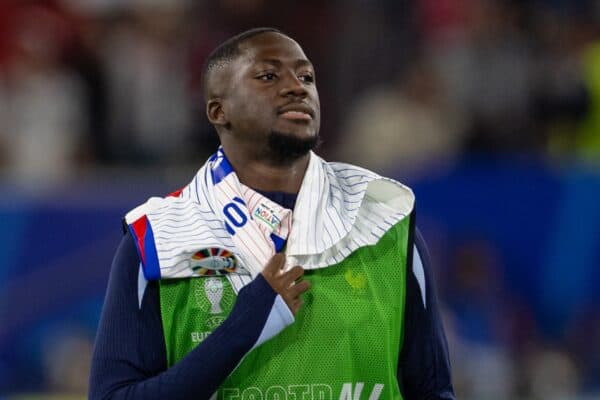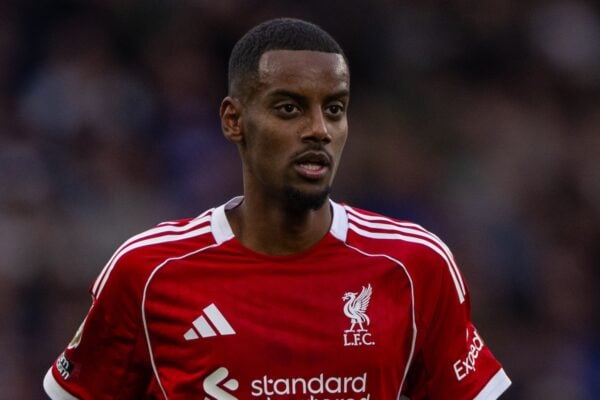International breaks are changing from next season, with the length of the September break increasing while October internationals are scrapped.
Sigh. It’s that time of the season again when club football is put on pause while the Reds jet off around the world to play for their countries before inevitably coming home injured or fatigued.
There are currently four mid-season international breaks per season, plus one in June.
However, that is set to change from next season as the September break is extended to incorporate October’s international fixtures.
Instead of the usual two weeks, there will be a three-week gap between club games from September 21 to October 6.
Teams will play four matches in that period instead of two, but it means there will then be no international break until November 9.
The March and November breaks will remain at two weeks and feature two matches each.
Why is the international schedule changing?

There are a number of reasons contributing to FIFA Council’s decision which was made in March 2023.
Aside from the usual international breaks, the World Cup is set to take place in 2026, running from June 11 until July 19.
It is expected that will leave approximately just seven weeks between the World Cup final and the opening day of the Premier League.
It is actually the latest a World Cup final will have been played since England beat West Germany in 1966.
Changing the September break to a three-week period will allow for an extra midweek club game to be played.
Condensing four fixtures into one break should also be slightly better for the environment, as players are able to make just one trip back to their respective continents, rather than two.
It could be an advantage for international managers, too, who will have an extended length of time to work with their players in one sitting.
For Liverpool fans, the September break will no doubt be long and dreary, but the clear run through to November should allow in-form teams to build some real momentum.
2026 international calendar

- March 23- March 31 (two fixtures)
- June 1- June 9 (friendlies)
- June 11 – July 19 (World Cup)
- September 21 – October 6 (four fixtures)
- November 9 – November 17 (two fixtures)














Fan Comments